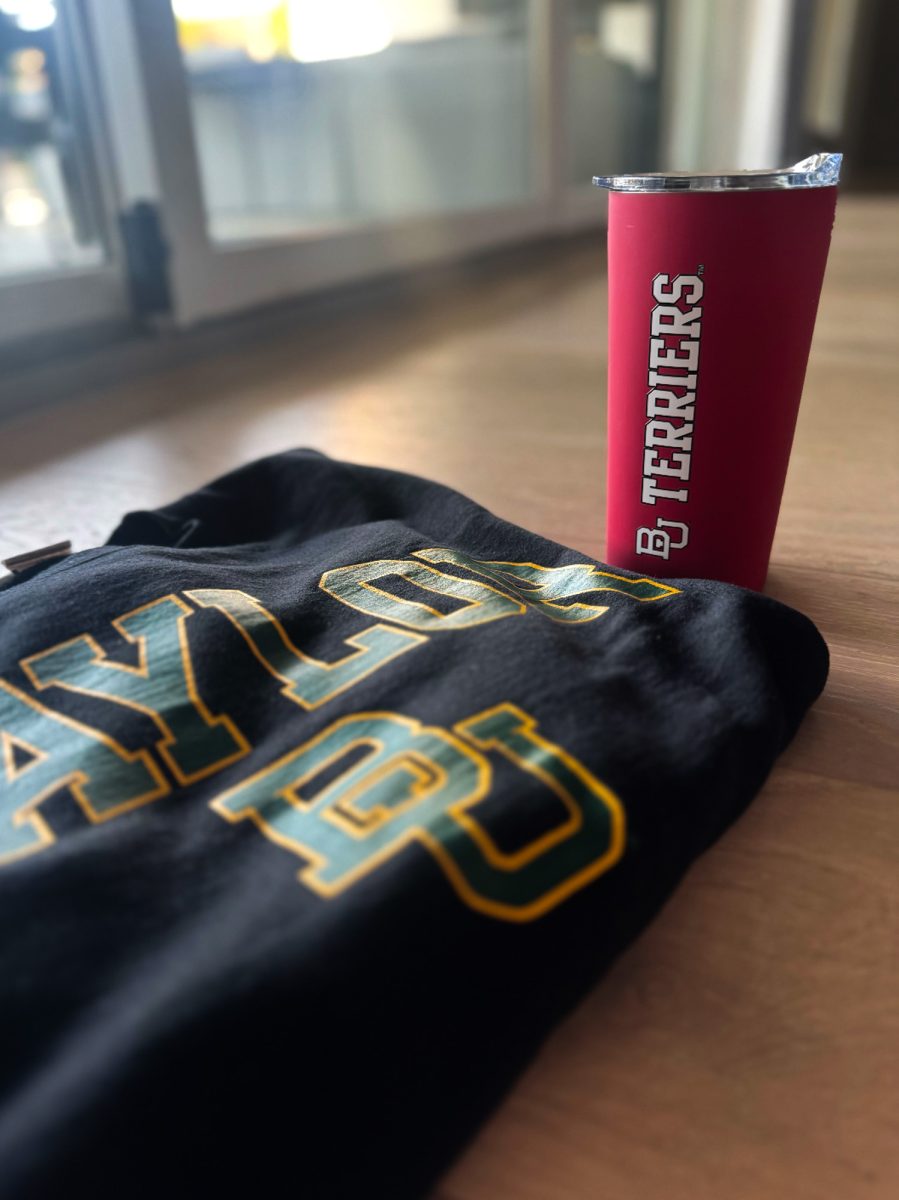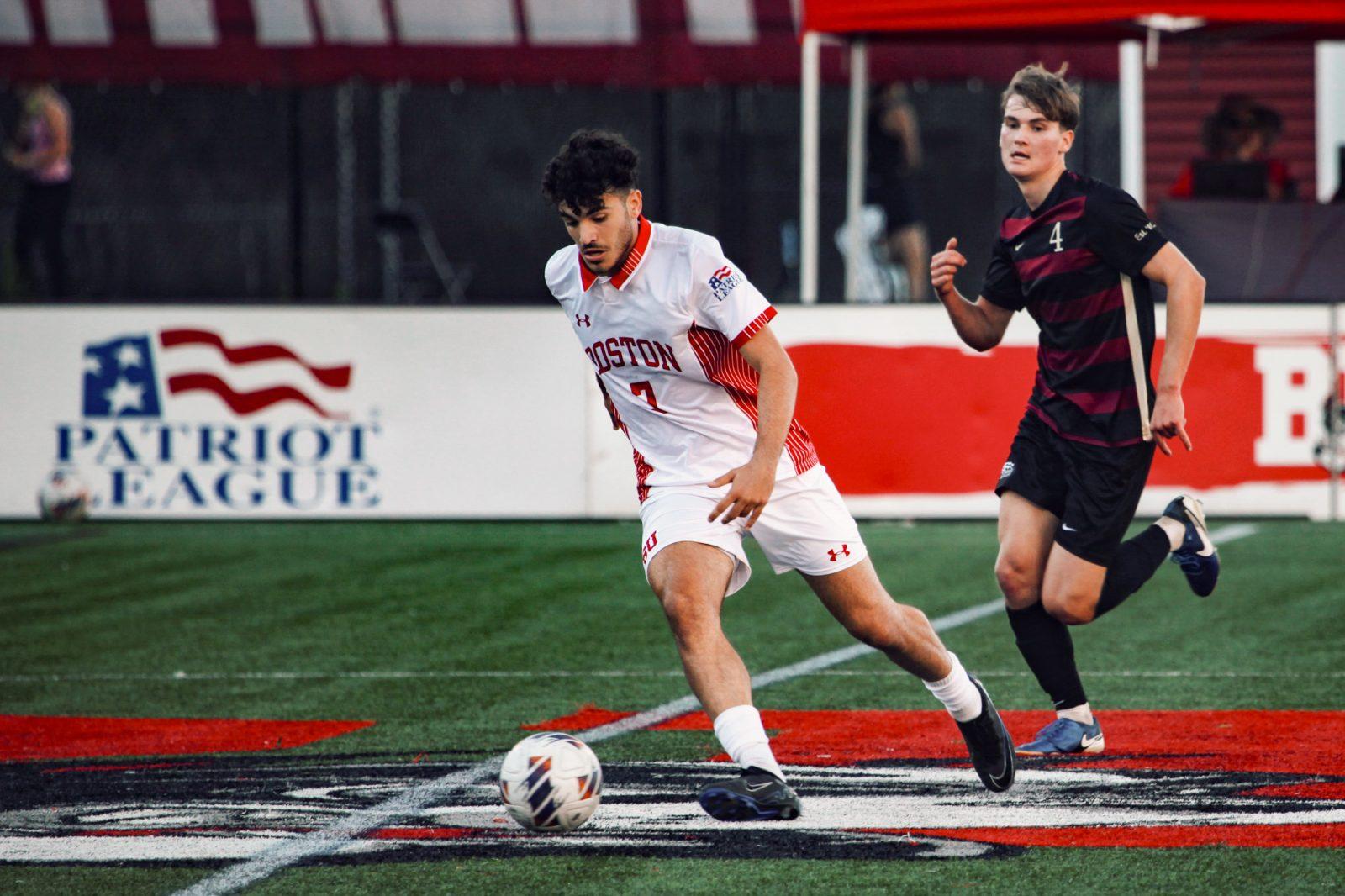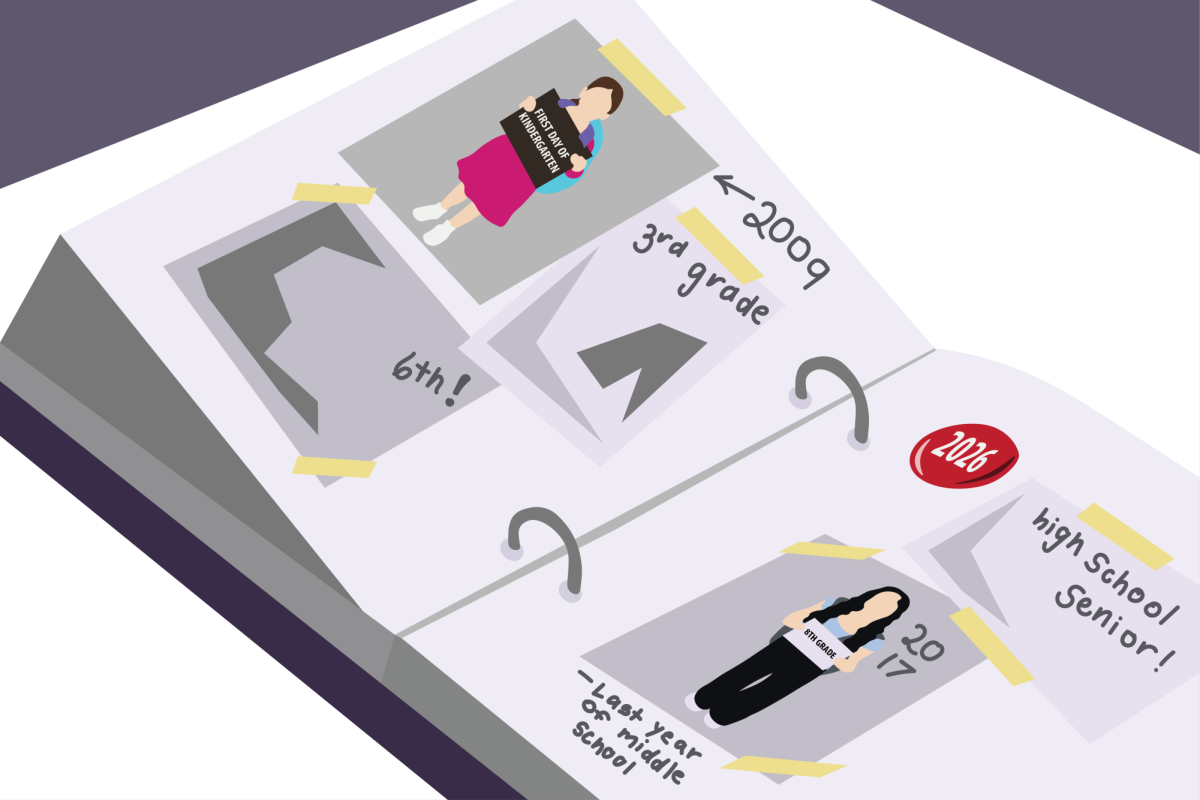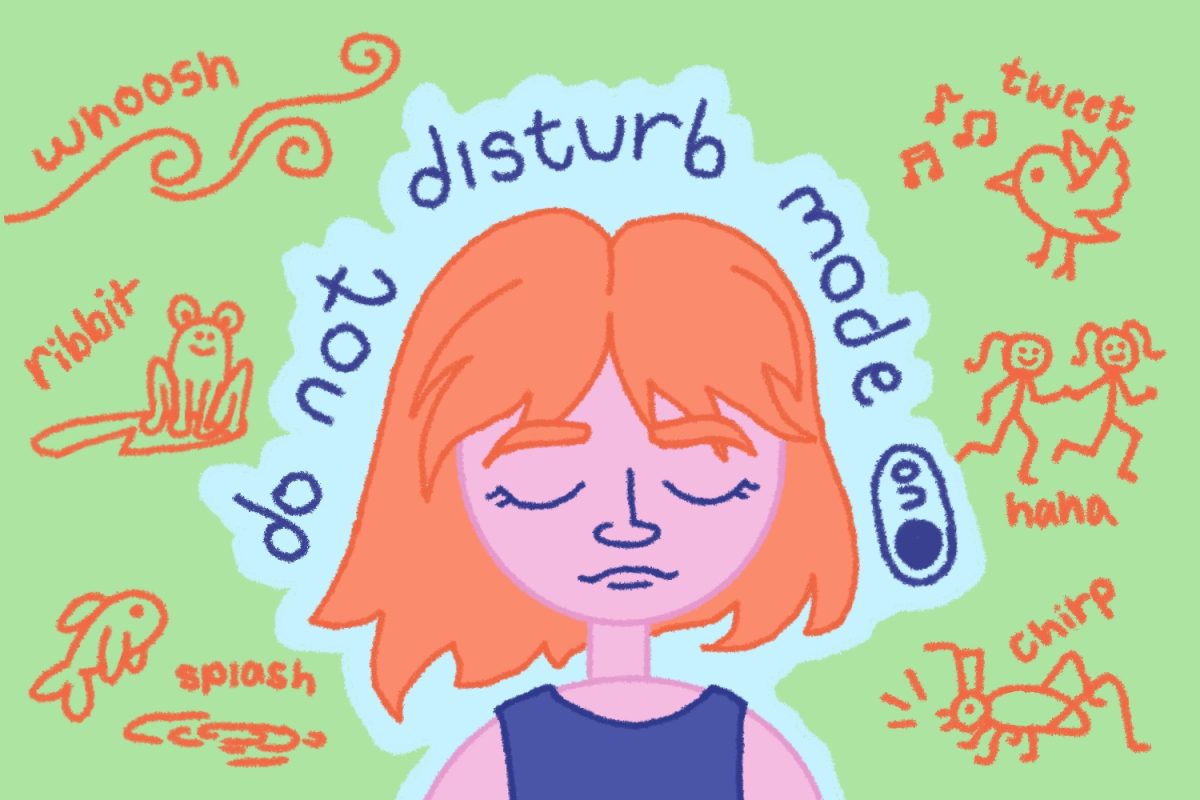Almost everyone has seen a great night out turn ugly when rowdy groups of bar patrons take their beer buzzes to the next level and start a bar fight. Once the bars let out at 2 a.m. on the weekends in Allston, it is tough to turn a blind eye to the aggression, especially in the area between Harvard Avenue and Brighton Avenue.
Tom O’Toole, manager of Kinvara on Harvard Avenue, said he doesn’t notice a trend linking the school year and fights, but rather that fights usually start between two groups of people from different communities or backgrounds.
Although The Avenue is host to numerous college students, manager Mike O’Toole asserted they have no problem with fights. He said they just make sure they hire bouncers who are big.
Michael Moxley, manager of Allston’s Common Ground Cafe, disagreed. He said his establishment experiences a great hike in fights once Boston area colleges are in session.
In Moxley’s eight years as manager of Common Ground, he said he has seen facial lacerations, hand cuts and full six on six brawls.
“Its amazing what you’ll see randomly,” he said, “I have seen eight-on-two brawls in the street, people kicked unconscious.”
No matter the simplicity of the cause, bar fights can cause intense physical damage. Tawfik said he witnessed a man get his head run over by a Jeep outside the Roxy on Tremont Street, only to get up and be punched again.
“A girl and a guy were beating on one guy and he fell between the front and back wheels of the Jeep. He got up bleeding and was punched again by this girl,” Metropolitan College Adrian Tawfik said.
Captain William Evans of Boston Police District 14, which patrols the Allston-Brighton area, said bars are reluctant to call police because of the repercussions they could face before the state’s Liquor License Board.
“By a certain time of night, people are congregating between Harvard Ave. and Brighton Ave,” Moxley said. “When I see street violence, I call the cops, but they are usually out there already anyway.”
However, Evans disagreed. “Quite honestly not a whole lot [of bar fights are reported], whether or not they happen or we’re not sure, but we don’t go to a lot of fights … unless someone gets hurt,” Evans said. Believe it or not, it’s not in the best interest of bars to call us because if we take a report they get … a license premise violation.”
Evans said a bar that incurs too many violations and is forced to appear before the board often could lose its liquor license, which would obviously be detrimental to a bar. “A lot of times they’re very reluctant to call us,” he said.
Evans said patrons often take the initiative to call police and report an incident, even days later, something Evans said police always encourage to help them keep track of “problem bars.”
“A lot of times [people] go home after they get hit or whacked and the next day or two they’ll come back and say maybe someone from the establishment didn’t do enough,” Evans said. People also report incidents and press charges against the person who assaulted them. “If someone has to be hospitalized, they go to the hospital before they call us.”
“We encourage everyone [to report incidents] because that’s the way we can identify problem bars where we have to get closer supervision,” Evans said. If someone has to go to the hospital, Evans added, police would “take some sort of action.” Short of that, he said, police often provide parties with each other’s names and encourage them to pursue pressing charges on their own.
Chris Coughlin, a bartender at O’Brien’s, said the tone of a bar as well as the age of its patrons contributes to the rowdiness.
“We may have one of the roughest looking crowds, especially because of all our punks shows, but we have almost no fights,” he said. “This is because we’ve got a slightly more mature audience.
“It makes a big difference that most of our patrons are 25-plus and are interested in the music,” said Coughlin.
Evans agreed the tone a bar sets, the type of music they may play and the people who frequent the establishment determine problems the bar may have.
“[The] tone you set inside, based on what type of music you have, what type of clientele like to go to your places” can determine a bar’s rowdiness, Evans said. “Certain places based on their clientele as well as the type of tone based on the music are apt to have more problems.”
STOPPING THE VIOLENCE
Bar fights appear to be the culmination of aggression and alcohol, and bar managers have precise methods with combating the problem.
Moxley said his staff takes part in alcohol awareness training, always looking for visual warning signs of rowdiness or violence.
“We intervene early,” said Moxley, explaining that his staff prefers situations not to get to the point where a fight may break out. “If I can’t personally handle something, I will call the cops, but my staff can handle 90 percent of situations.”
O’Toole said Kinvara staff keeps an eye on patrons who are seemingly aggressive or loud or if they seem to be infringing on others’ space.
If there seems to be a problem, “We start with a verbal address. Our doormen are instructed never to approach anyone alone,” O’Toole said.
Common Ground also communicates with The Kells on Brighton Ave. in order to keep aware of what’s been going on.
“They are in our proximity since we share an alley, so we know who is coming from there and [they know] who is heading to them. With other bars it’s tough, but we and The Kells try to keep each other aware,” said Moxley.
Jack Hague, manager of Our House in Boston and former manager of the Allston Our House, said his staff maintains tight supervision of patrons in order to avoid fights.
“We try to keep strict control of the door to make sure people who come in are sober,” Hague said. “The staff stays aware of what and how much it is serving to people, and we also have a good ID-checking machine. It’s a team cooperation. That’s how we go about it.
“Problems tend to occur when the bar is overcrowded, when people who’ve already been drinking come in, like, say, after a football game, or if you mix crowds — like college kids with a working crowd, or like Eastie and Southie don’t mix, that’s obvious,” Hague said.
Evans agreed patrons who know each other or at least recognize one another are less likely to encounter problems.
“I think all the locals get to know each other and they’re less apt to fight whereas when you get a club where nobody knows each other and everybody’s eyeing each other down there will be problems,” he said.
Close supervision is a major deterrent against bar fights, Evans also said, particularly ensuring that patrons trying to enter the bar have not already consumed too much alcohol.
Still, by the end of the night most people have had too much to drink which is why fights are most likely to break out just before closing time, Evans said, something that could be avoided if bars closed earlier.
“I’m a big fan of bars closing at 1 a.m. instead of 2 a.m. because the later a bar stays open the more people drink and the more they drink the more problems [bars] can have,” Evans said.
Dan Lapping, a former busboy at White Horse Tavern on Brighton Avenue, said he has seen a good number of bar fights.
“Bar fights are really just stupid drunk people — the fights are about being drunk, who bumped into who, drama from the past,” he said.
Metropolitan College junior Adrian Tawfik agreed. “Most bar fights are over something simple or stupid. It’s a boxing match for no reason,” he said.
Evans said most fights police encounter begin over women. “[Usually] someone doesn’t like the way someone is looking at them or someone doesn’t like the way someone talked to their girl … it’s usually over a girl and sometimes it does involve girls [fighting],” Evans said.
“Fights between girls constitute less than one percent,” Tom O’Toole said. He added the fights are tough to break up because Kinvara’s staff is all male.
Moxley said that it is more common to find female fights on street corners than in bars.
“Usually [fights] don’t involve weapons,” Moxley said. “Bar fights are driven by testosterone and drunkenness.”
Mark Kadish, manager of both Sunset Grill and Big City in Boston, agreed fights are not usually premeditated but can quickly escalate.
“We had a few fights when we first opened … all it takes is someone who bangs into you and spills your beer, then someone says ‘F—- you’, and it escalates from there,” Kadish said. “Normally what happens is we try to keep an atmosphere that squelches hostility. The staff here is able to break up fights if there is a problem, and we try to send [the fighters] on their way.”
Lapping explained that weapons such as switchblades and guns are not a real concern because “these fights are not premeditated.”
“Ten, 15 years ago, weapons would have been a concern in Allston,” Tom O’Toole said. “In fact, there was an incident where a bartender was shot. The last six years have brought a positive change to the Brighton Avenue and Harvard Avenue areas.”
Since the majority of bar-oriented aggression comes from the male patrons, many women who frequent bars in Allston said they tend to avoid venues with reputations for fighting and rowdiness.
“I go out in Allston, but tend to steer clear of those places I think of as testosterone filled,” said K.C. Congedo, a College of Arts and Sciences senior. “I prefer places like Audubon, Our House and the Elbow Room, rather than the Kells and Kinvara.”
STUDENT DISCRETION
No matter how many actual fights happen at a bar, their reputation for fighting can deter patrons from going there.
“I avoid places notorious for fighting or because rumors that certain groups of people will be there,” said Ben Ross, 22.
“Part of the reason I never wanted to be a bartender was because of the risks involved,” said Matt Robinson, a Boston College senior. Yet he also feels that much of the hype about bar fights is just rumors.
Many girls said they do not fear bar fights because they are simply a normal part of going out.
“Many times you walk right by a bunch of fights and go on your way,” said Diane Dowgeliweicz, a BU senior. “There really is no need for concern because the fights are between guys and there is no way you’ll be involved in them.”
Lauren Buzzeo, a CAS junior, said she doesn’t fear fights, but would rather break them up.
“I like to break up fights because my theory is guys won’t hit girls. I bet I have broken up at least 20 fights,” she said.



















































































































